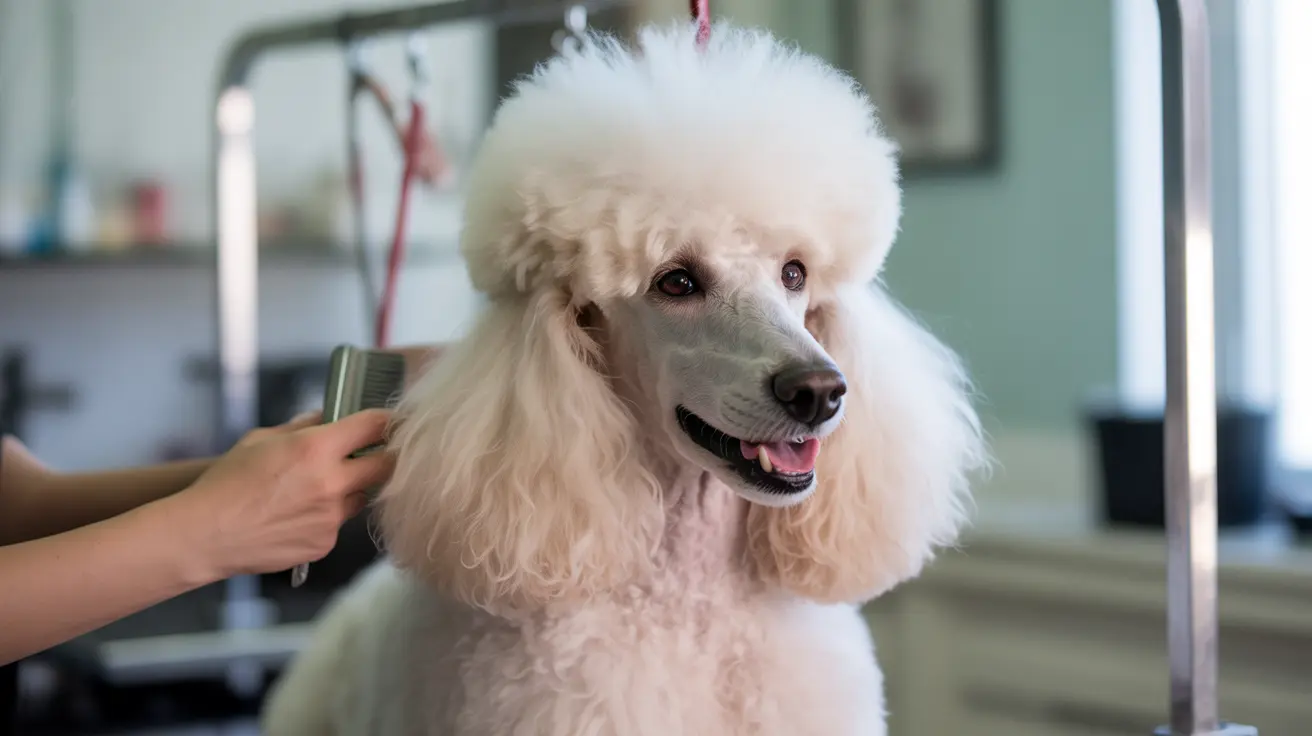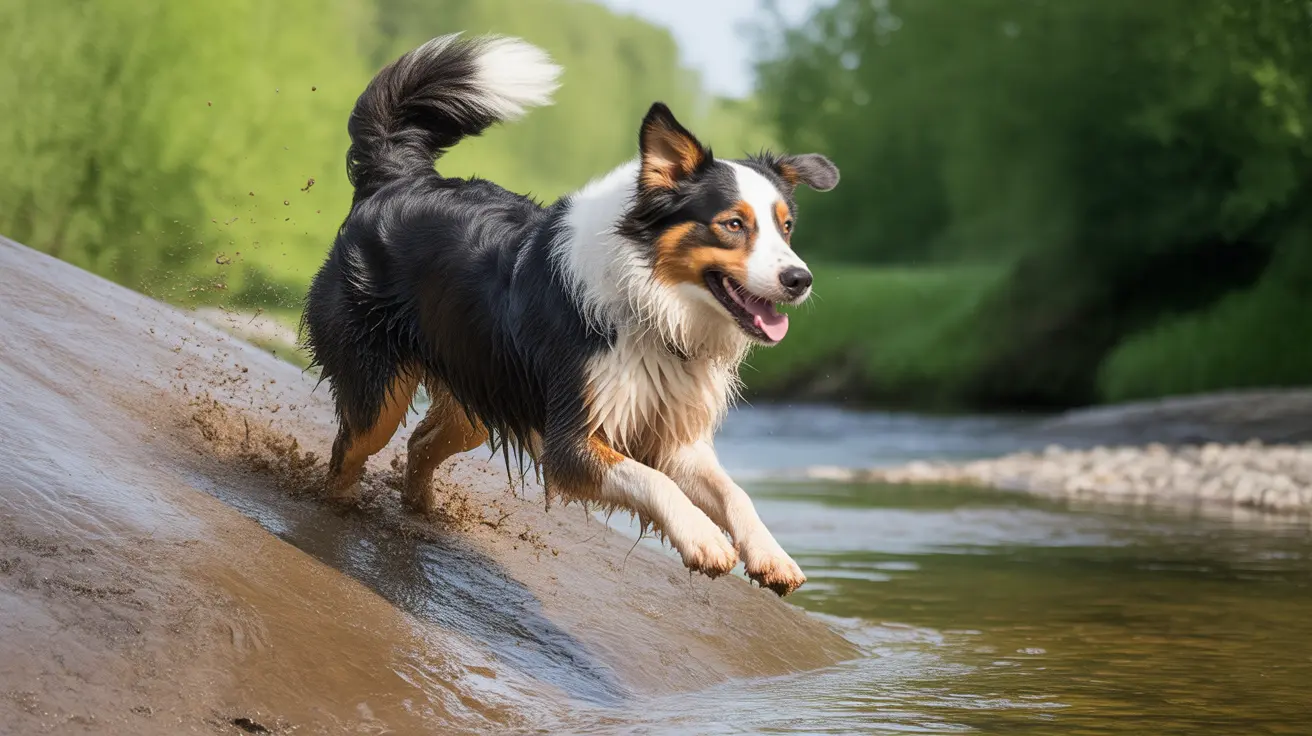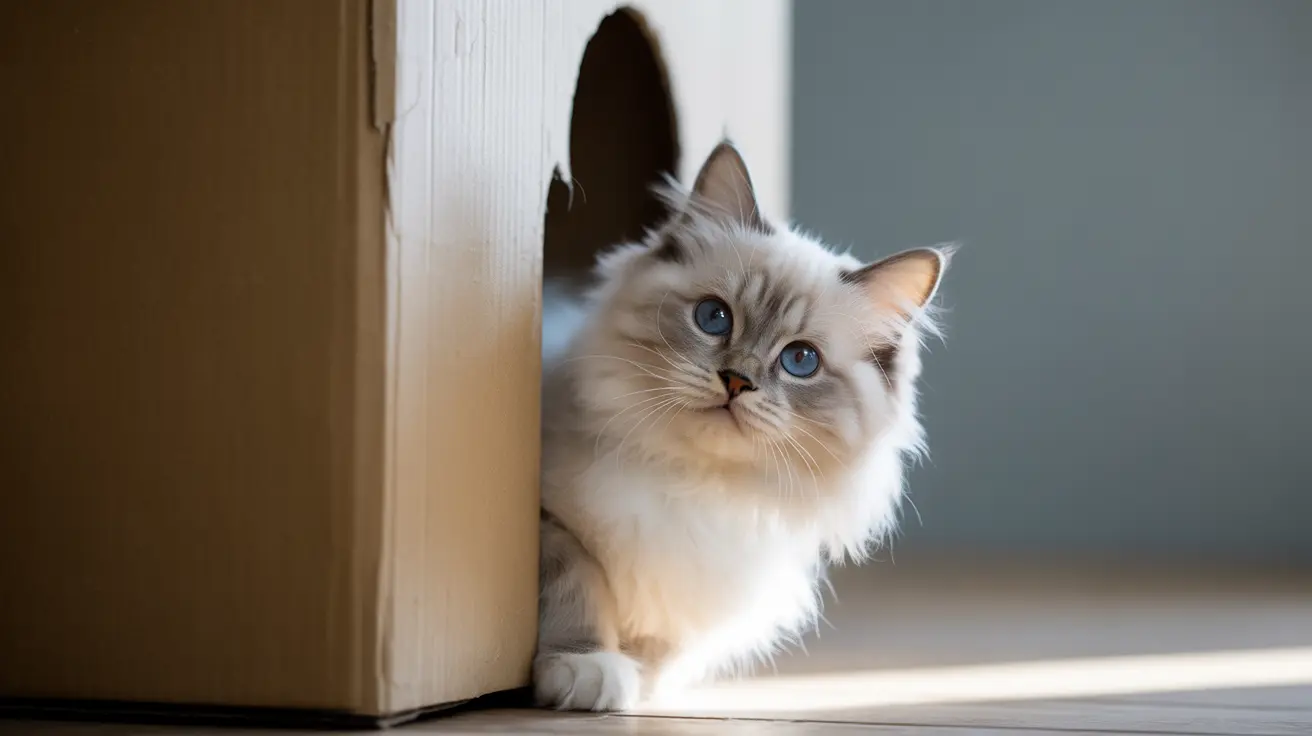Understanding the Origins of the Shetland Sheepdog
The Shetland Sheepdog, affectionately known as the Sheltie, is a small yet resilient herding breed that hails from the harsh, windswept landscapes of the Shetland Islands, located northeast of mainland Scotland. Renowned for their intelligence, agility, and fierce loyalty, Shelties are commonly mistaken for miniature Rough Collies due to their strikingly similar appearance. But behind their charming exterior lies a unique history involving a thoughtful process of breed development and refinement.
Origins in the Shetland Islands
The ancestors of today's Shetland Sheepdogs were indigenous working dogs used by islanders to herd and protect sheep and other livestock. These native dogs were small, strong, and agile—a perfect match for the rugged terrain and variable climate of the Shetlands. They needed to be swift, intelligent, and independent, yet also highly attuned to the needs and commands of humans.
Crossbreeding to Refine the Breed
In the late 19th and early 20th centuries, breeders in the Shetland Islands and later on the British mainland aimed to refine the qualities of these local dogs. The goal was to standardize their appearance and temper their working instincts into a softer, companionable demeanor suitable for show and home life.
The key breed used in this deliberate crossbreeding effort was the Rough Collie. These elegant herding dogs were larger and featured the plush coat, elongated snout, and intelligent expression that eventually became trademarks of the modern Sheltie. Crossing the indigenous Shetland herding dogs with Rough Collies brought about:
- A more uniform coat: Double-layered, with a straight, harsh-textured topcoat over a dense undercoat.
- Refined facial features: Longer muzzle and expressive almond-shaped eyes.
- Improved temperament: Loyal, affectionate, and highly trainable.
Some breed historians speculate that additional contributions from breeds like the King Charles Spaniel, Pomeranian, and possibly even the Spitz-type dogs were made during the early development to enhance certain physical or temperament traits. However, the most influential and consistent cross was with the Rough Collie.
Physical Similarities and Differences with Rough Collies
While Shelties closely resemble Rough Collies, they are a distinct breed and much smaller in size. Most adult Shelties stand only 13 to 16 inches tall at the shoulder and weigh between 15 to 25 pounds, compared to the 50 to 75 pounds of their Collie cousins. Despite the size difference, several features are shared due to their common lineage, such as:
- Double coats that need regular grooming, particularly during seasonal shedding.
- A wide variety of coat colors including sable, blue merle, and tricolor.
- Semi-erect ears with tips folding forward—a distinctive trait in both breeds.
Temperament and Intelligence
The development of Shelties focused not just on physical attributes but also on temperament. Modern Shelties are known for their:
- Loyalty and affection towards family members.
- High intelligence and a keen willingness to please.
- Strong herding instincts, often seen as attempts to herd children or other animals.
These traits make the breed highly trainable, excelling in obedience trials, agility competitions, and even therapy roles. However, their wariness towards strangers and tendency to bark stems from their original watchdog duties on isolated farms.
Breed Recognition and Continued Refinement
The breed's growing popularity outside of the Shetland Islands led to its official recognition by kennel organizations. The Kennel Club (England) recognized the Shetland Sheepdog in 1909, and the American Kennel Club (AKC) followed in 1911. The first Sheltie registered with the AKC was “Lord Scott.” Since then, responsible breeders have focused on maintaining health, temperament, and the breed’s iconic aesthetics.
The Shetie’s Role Today
While originally developed for herding and guarding livestock, today’s Shetland Sheepdogs are cherished companions in homes around the world. With the right levels of exercise, grooming, and socialization, Shelties can thrive in a variety of settings, including suburban homes, farms, and even urban apartments. They remain alert, protective, and affectionate members of the family.
Conclusion
The Shetland Sheepdog is the result of meticulous breeding, combining the hardy functionalism of native Shetland herding dogs with the elegance and trainability of the Rough Collie. Though small in stature, the Sheltie stands tall in character, intelligence, and agility, making it one of the most endearing and adaptable dog breeds for homes of all kinds.





